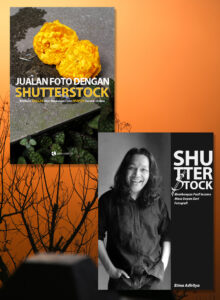[AdSense-A]
Close to the UNESCO world Heritage Site of Borobudur, a ninth century Mahayana Buddhist temple in Central Java, Indonesia, the ancient art form of stone sculpture still thrives in the village near the revered site. With the nearby Borobudur temple complex providing direct historic references to contemporary stone carvers with its layers of corridors lined with sculptures and stone reliefs, the art of stone carving in the region continues to be passed on from generation to generation, preserving the traditional way of producing sculptures and artworks.
Stone craftsmen do not have to look far for inspiration or resources. Borobudur’s close proximity to the active volcano Mt. Merapi promises an abundance of natural supplies to the local stone artist, with the basic material andesite stone coming from the volcano. Sculptors treat the stone for statues with a variety of materials, including turmeric, gambier and tea. A common practice in stone carving also requires the addition of battery acid to enlarge the stone’s pores before charring it with firewood and burying it in the ground for a year prior to processing. Stone artist typically replicate ancient temple motifs and statues of Buddha, Vishnu and others, with the length of production varying from three days to six months.
Yono, one of the stone craft artist who was born near Borobudur and now resides in a village near Yogyakarta, upholds the ancient tradition of stone carving, having learned the craft from his father and grandfather and worked with stone since the age of 12. Well recognized in the international stone art market, Yono uses volcanic rock blocks, granite, and limestone to create his sculptures. Like many other local stone carvers, Yono says that he takes inspiration from the sculptures and reliefs from the Borobudur temple, learning from the high skills and diligence of the ancient craftsmen that preceded him.
>> also read How to go to Borobudur with local bus
[AdSense-B]

